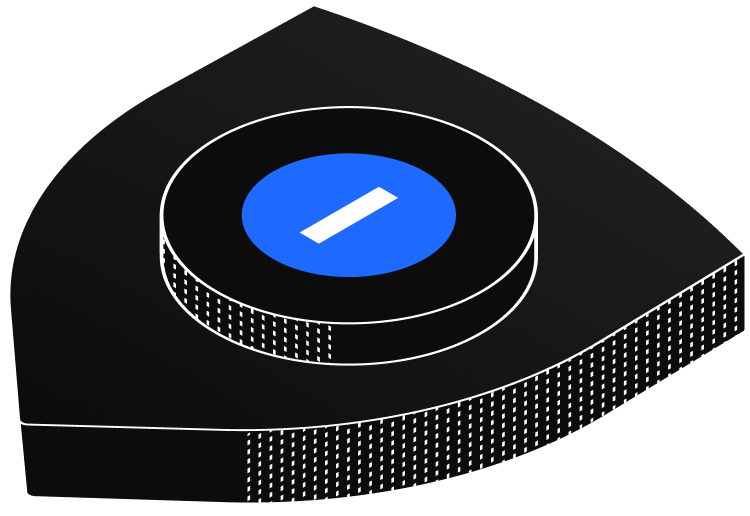The Benefits of Connecting Figma to Builder.io
The Figma to Builder.io plugin transforms static designs into live, editable web experiences. Learn how this integration improves workflow, consistency, and collaboration.

Design and development have long been separated by one major challenge: the handoff. Designers create detailed mockups in Figma, but once those designs are handed to developers, translating them into functional code often leads to inconsistencies, delays, and rework. The Figma to Builder.io plugin solves this problem by seamlessly bridging the gap between visual design and live digital experiences.
By connecting Figma and Builder.io, teams can turn static designs into production-ready websites or applications faster, with greater consistency and fewer barriers between creative and technical workflows.
1. A True Design-to-Production Workflow
The Builder.io Figma plugin allows designers to import frames, components, and styles directly from Figma into Builder.io’s visual editor. Once imported, these layouts become editable, responsive web elements that can be styled, tested, and deployed immediately—no manual recreation or front-end coding required.
Designers can focus on crafting beautiful interfaces, while developers can refine structure, add logic, and integrate APIs within Builder.io. This creates a single, continuous workflow from design to deployment, replacing static files with living components that evolve as the product grows.
2. Maintain Design Consistency Automatically
In traditional workflows, pixel-perfect translation between design and development is difficult. Colors, fonts, and spacing often drift as developers rebuild layouts by hand. The Builder.io integration prevents this drift by importing Figma’s design tokens and style properties directly into the Builder environment.
This ensures that brand guidelines, component hierarchies, and global variables remain consistent across every screen. When a designer updates a component in Figma, that update can be mirrored automatically inside Builder.io—keeping the entire design system in sync without manual intervention.
3. Reduce Handoff Friction Between Teams
Design-to-dev handoff meetings and endless design specs are a thing of the past. With the Figma to Builder.io workflow, both designers and developers work within the same visual canvas, each using tools tailored to their strengths.
- Designers can drag, drop, and experiment freely in Builder.io’s visual editor.
- Developers can open the same project in code view, modify React components, or add dynamic data connections.
The result is a shared space where updates happen in real time, reducing communication overhead and speeding up iteration cycles.
4. Empower Content and Marketing Teams
Once a design is live in Builder.io, non-technical contributors—such as marketers or content editors—can make changes directly on the page without breaking layouts. They can swap images, update headlines, and A/B test variants through Builder.io’s CMS features, all while maintaining the visual structure established in Figma.
This democratizes the editing process, removing the dependency on developers for every small content update and giving teams the agility to respond quickly to new campaigns or user feedback.
5. Faster Prototyping and Iteration
With Builder.io’s visual editor, prototypes can become fully functional web pages in minutes. The Figma plugin lets teams import realistic designs instantly, eliminating the need to rebuild them manually in a code environment.
This is especially valuable for UX testing and rapid iteration. Teams can publish early versions, gather user feedback, and adjust designs directly in Builder.io without restarting the process. Every edit can be pushed live, tested, and rolled back if needed—all within one platform.
6. Compatibility with Modern Frameworks
Builder.io is built with flexibility in mind. Once your Figma designs are imported, the output can be exported to React, Next.js, Qwik, or other modern frameworks, allowing developers to integrate the generated layouts directly into production codebases.
This interoperability ensures teams can enjoy the convenience of no-code design tools without giving up the control and scalability of traditional front-end development.
7. Greater Collaboration Across Disciplines
Figma and Builder.io together promote a more collaborative approach to product building. Designers, developers, and marketers no longer work in silos or rely on long feedback loops. Instead, they contribute to a shared live environment where every team member can see how their decisions affect the final product.
This real-time collaboration encourages experimentation, aligns cross-functional teams, and leads to faster delivery of high-quality digital experiences.
Conclusion
The Figma to Builder.io integration redefines what design and development collaboration can look like. By turning static mockups into editable, responsive, and deployable components, it closes the gap between vision and execution.
For design teams, it means fewer handoff headaches. For developers, it means cleaner, production-ready code. And for the business, it means faster launches, more consistency, and a unified workflow that keeps everyone aligned from the first concept to the final release.
Let's connect.
Have a project in mind? Let's start the conversation.




